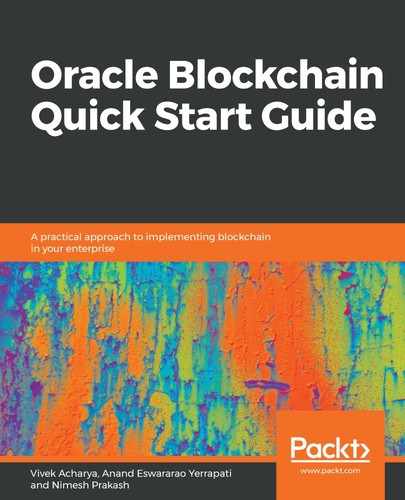Unknown risks for an early adopter: Today, every enterprise has well-defined processes, IT systems, and analytics solutions that serve their current requirements and comply with regulations and standards. The adoption of yet-to-be standardized solutions around DLT and blockchain requires considerable redesign of their existing solutions, and the risks are unknown. There's also this issue of their clarity. Even with some level of calculated strategic benefits of DLT and blockchain, enterprises are reluctant to adopt DLT and blockchain due to the cost of resources—both software and talent. A shift toward DLT and blockchain will only happen when the benefits to business outweigh the cost and risk.
Lack of clarity on the replacement of real contracts with smart contracts: There is lack of clarity when it comes to smart contracts and chaincodes as well. They are assumed to replace real legal contracts with simple auto-executable conditions. This, lack of clarity, will eventually die out with the evolution of smart contracts and smart contracts will shine when enterprises share the influencing stories of smart contracts as a replacement for complex real contracts.
Lack of data to highlight the advantages businesses can gain: Since DLT and blockchain aren't widely adopted yet, data on their performance is yet to be shared and widely known. A precise assessment of their performance and their impact on the traditional centralized ledger approach versus the decentralized ledger approach are not clearly known. Clarity on the benefits of businesses adopting DLT and blockchain still need to be cemented.
Being a DLT and blockchain enthusiast and evangelist, I firmly believe that the challenges around DLT and blockchain will not hinder the acceptance and adoption of such a disruptive technology. As we discussed previously, the more trust grows, the more likely the technology is going to be adopted. The more businesses see the value and benefits of them, the more regulations will be legislated and standards will be defined. Interestingly, there is a difference between maturity and adoption, which is fully based on the benefits enterprises find in the usage of DLT and blockchain. The more benefits there are (even if the maturity of DLT and blockchain are low), the more likely they are to be adopted. DLT and blockchain might take a little more time to mature than they will to be adopted.
